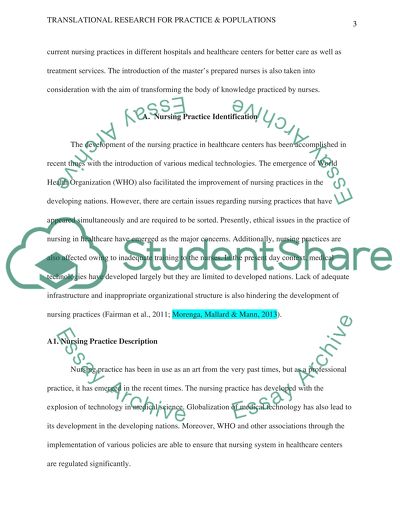Cite this document
(“TRANSLATIONAL RESEARCH FOR PRACTICE & POPULATIONS Essay”, n.d.)
Retrieved from https://studentshare.org/nursing/1656215-translational-research-for-practice-populations
Retrieved from https://studentshare.org/nursing/1656215-translational-research-for-practice-populations
(TRANSLATIONAL RESEARCH FOR PRACTICE & POPULATIONS Essay)
https://studentshare.org/nursing/1656215-translational-research-for-practice-populations.
https://studentshare.org/nursing/1656215-translational-research-for-practice-populations.
“TRANSLATIONAL RESEARCH FOR PRACTICE & POPULATIONS Essay”, n.d. https://studentshare.org/nursing/1656215-translational-research-for-practice-populations.


